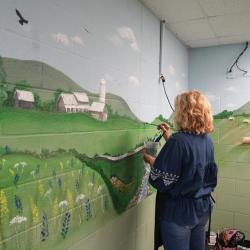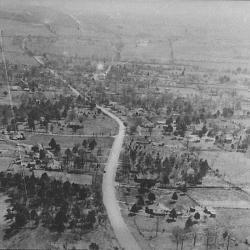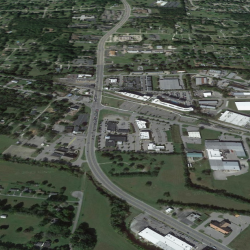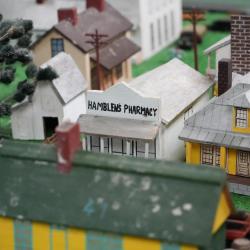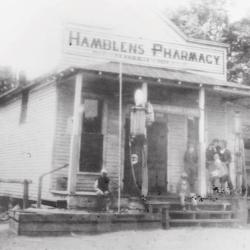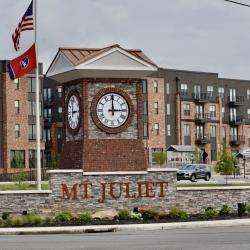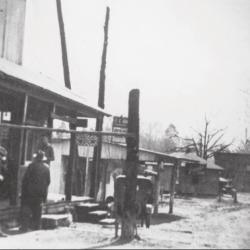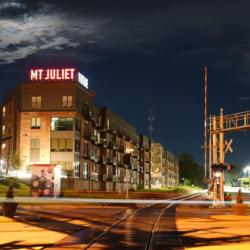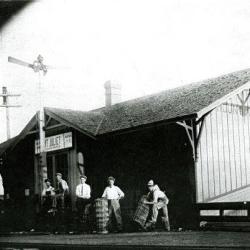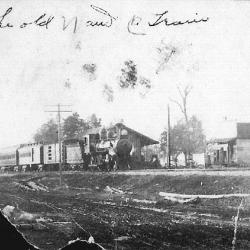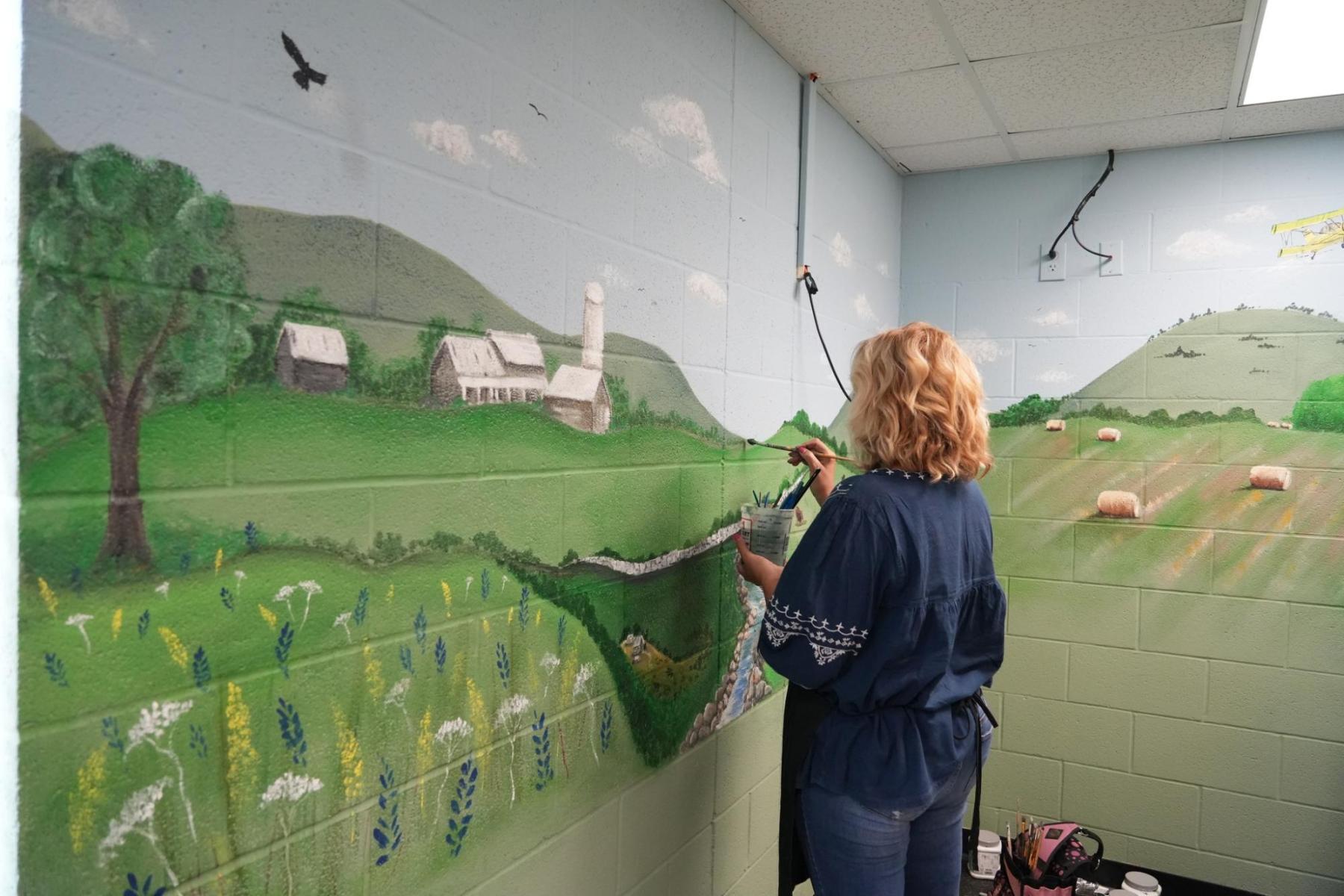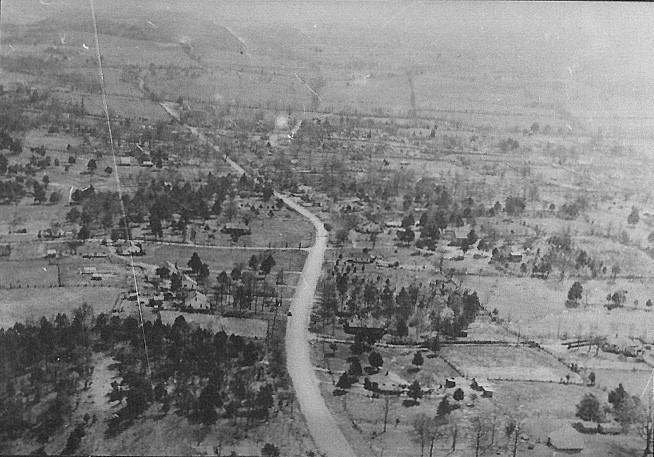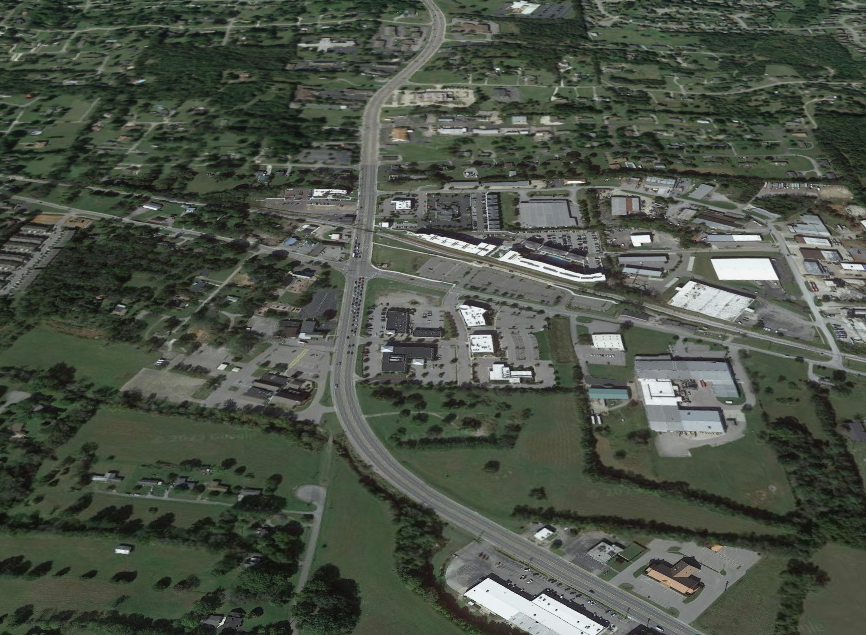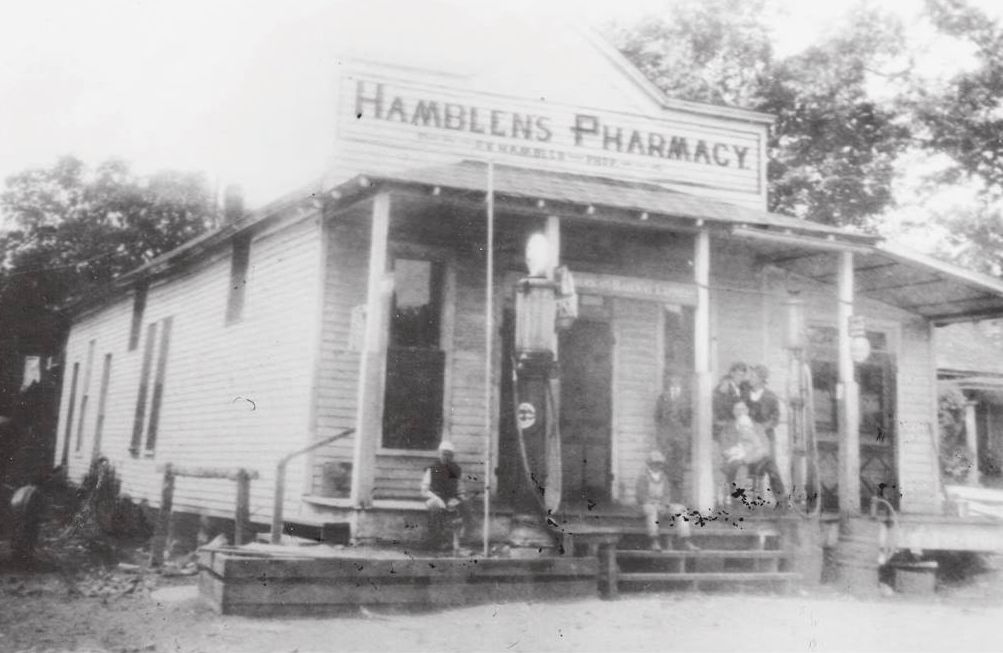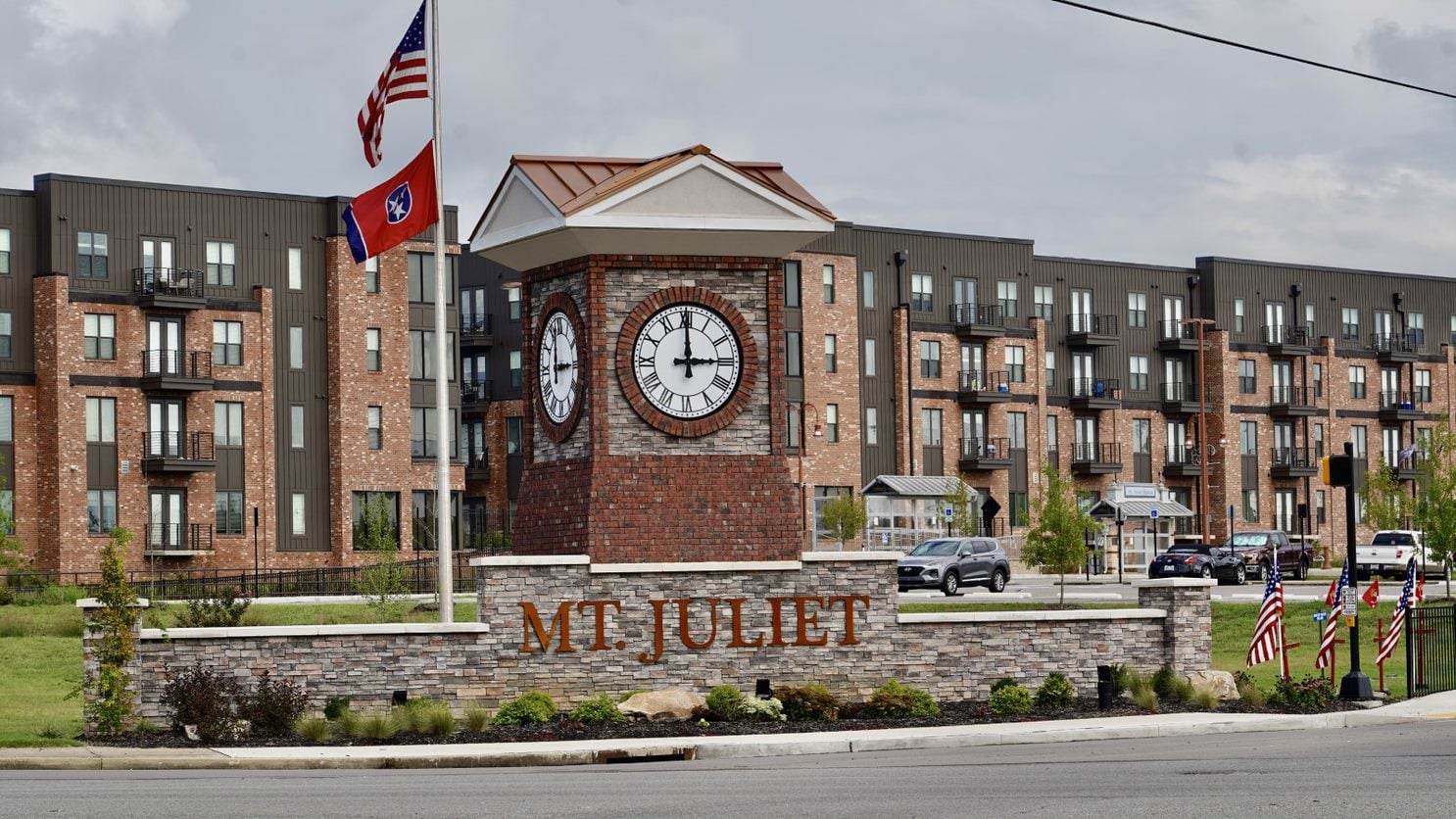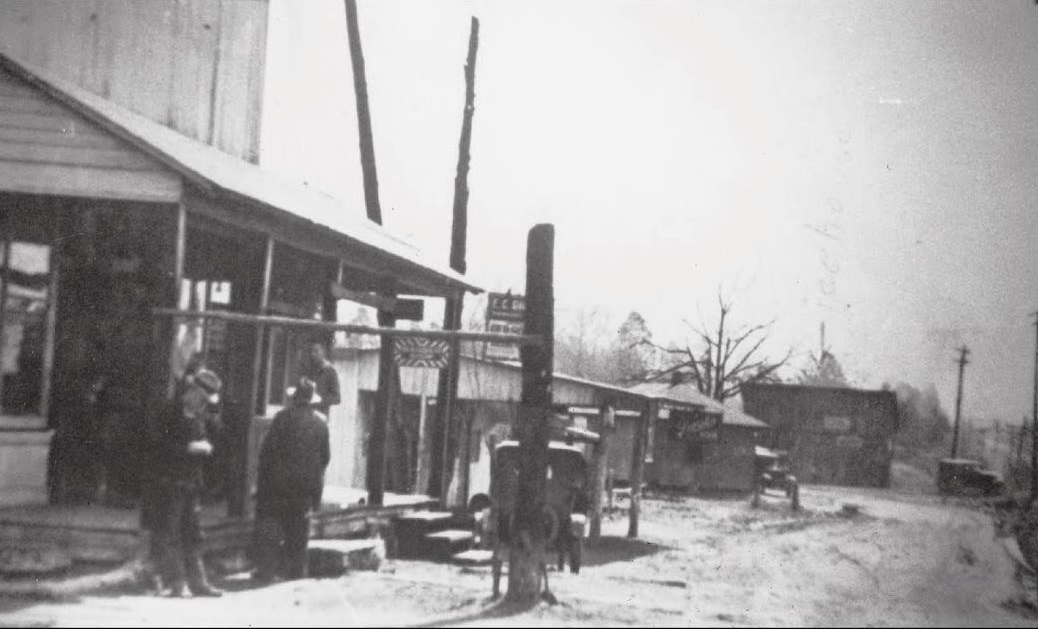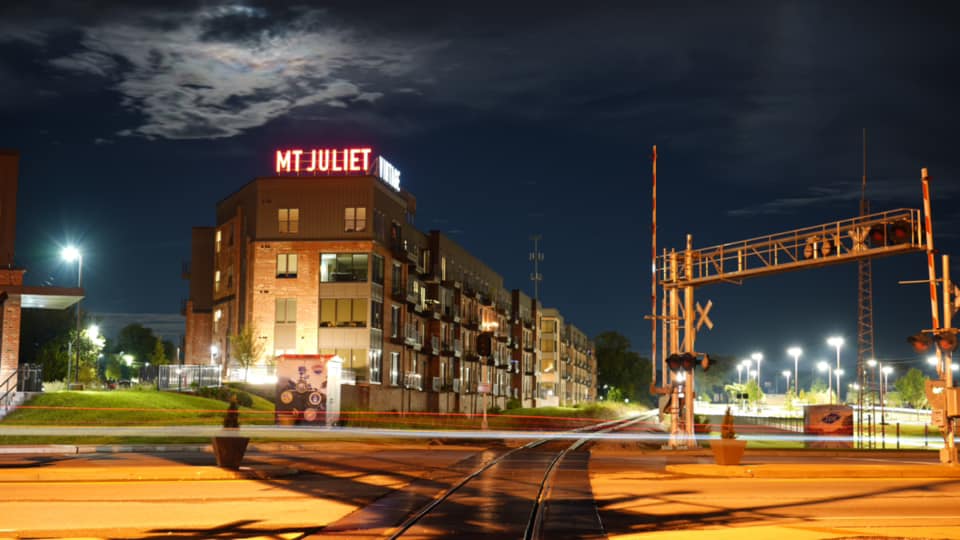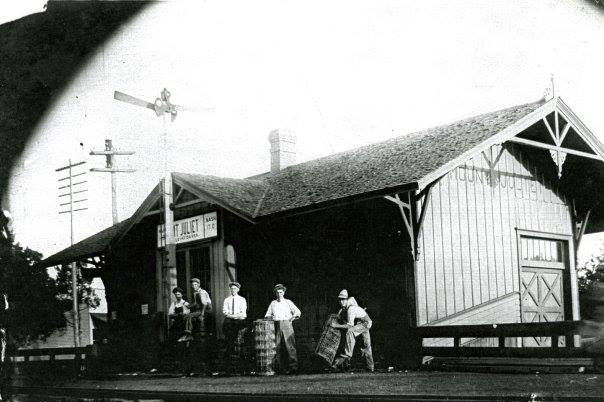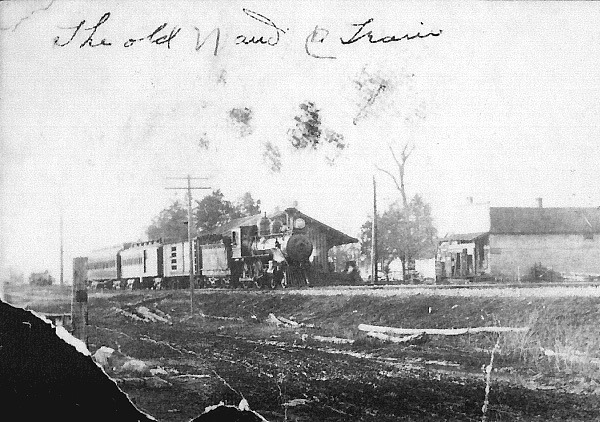Former mayor's train display brings Mt. Juliet history to life
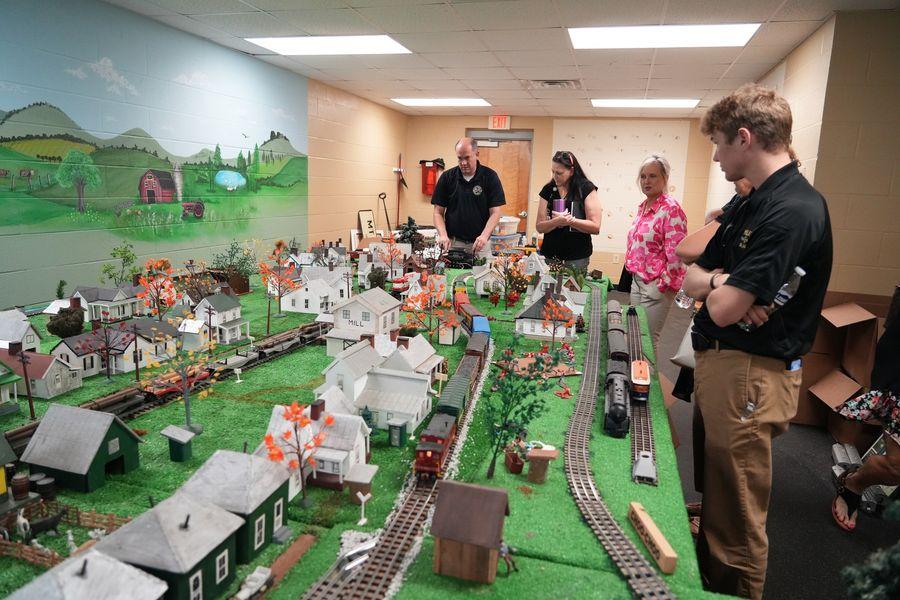
By KATE COIL
TML Communications Specialist
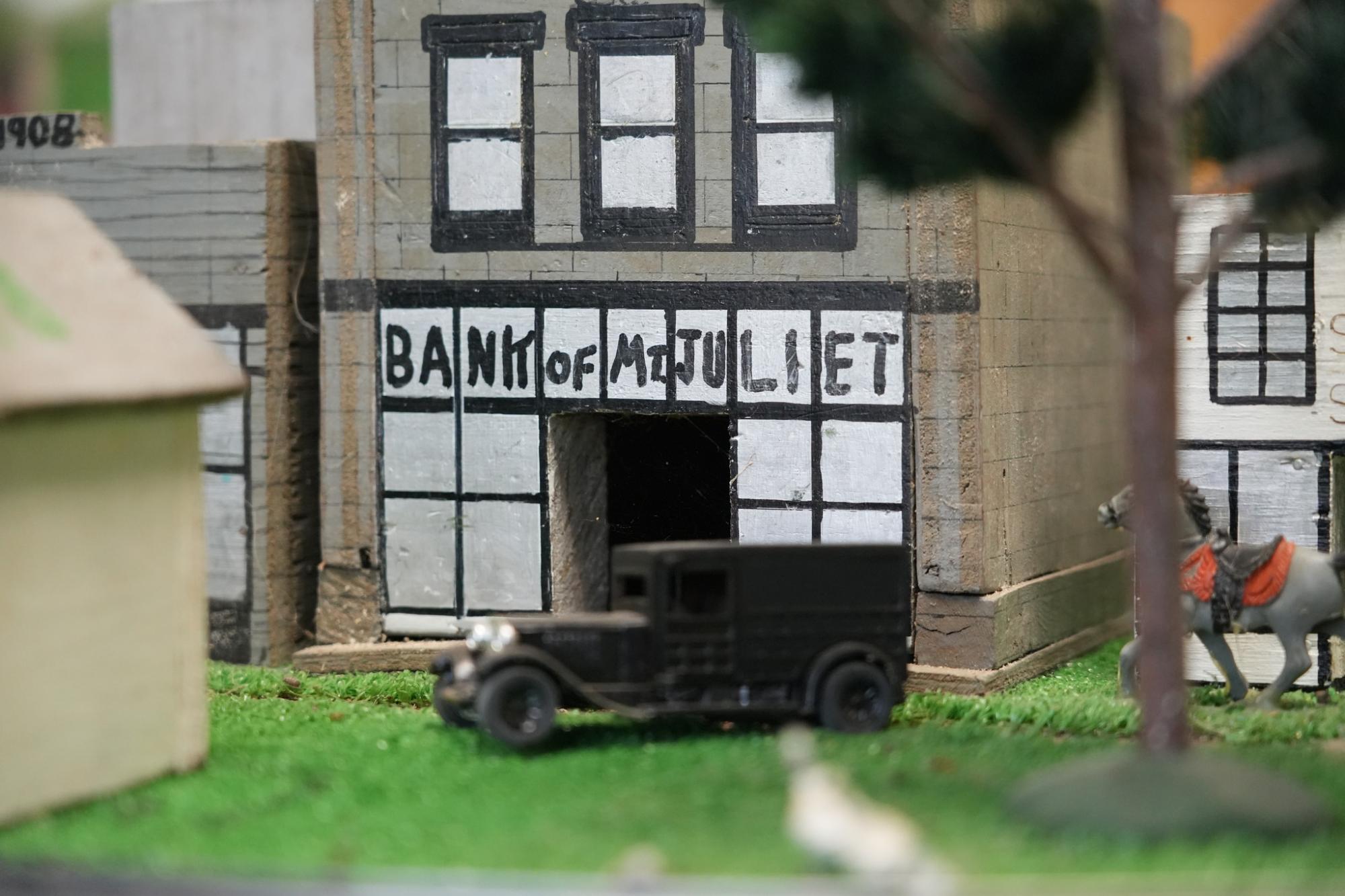
As the WeGo Star pulls out of the Mt. Juliet station, bringing commuters into Nashville, another, smaller train is making its way around the bend nearby in the Mt. Juliet Community Center in the city’s beloved Charlie Daniels’ Park.
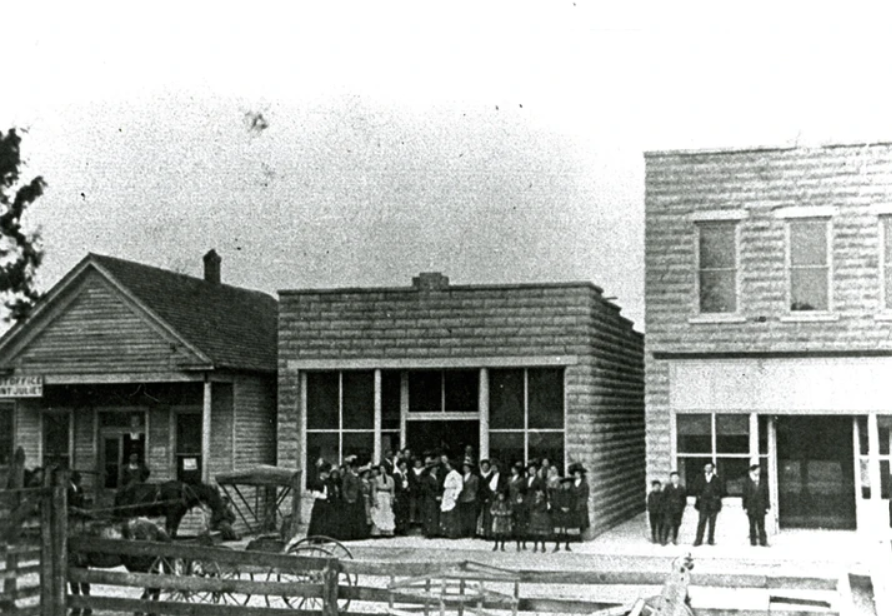
In the just over 50 years since it incorporated, the city of Mt. Juliet has seen its population grow from a little under 3,000 to nearly 40,000 with the city being labeled the “fastest-growing” in Tennessee from 2000 to 2015. While it may be hard to find traces of the sleepy, rural community Mt. Juliet was a century ago, this train display gives a younger generation of Mt. Juliet residents insight into the city’s history.
The model train display depicts the city as it was before it was a city, when the unincorporated community of Mt. Juliet’s economy was centered around the railroad tracks and most local residents knew each other by name.
Rocky Lee, director of Parks and Recreation for the city of Mt. Juliet, said the display is approximately 25 feet long and 12 feet wide with dual tracks.
“It’s really cool; It’s a running, functioning train track,” Lee said. “It’s been up and running, and we’re glad to have the public come see it. We’re going to try to keep it on public display. People have gone in there and spent hours. I love what we’ve got here.”
How the display came to be is a part of Mt. Juliet history itself.
MAKING HISTORY
Neland Carver “N.C.” Hibbett was the first person ever elected mayor of Mt. Juliet following the incorporation of the city in 1973. He would go on to serve on the Mt. Juliet City Council from 1975 until 1977 and then as the city’s historian. His wife, Jenny Bess Hibbett, would also later serve as the first female mayor of Mt. Juliet and was a fixture at the public library.
Long before his mayoral term, Hibbett had a long record of service to Mt. Juliet. A graduate of Mt. Juliet High School, he served in the U.S. Army before getting a degree in education and taught history, science and health and served as head coach for football, boys’ basketball, and boys track at Mt. Juliet High School. He was also instrumental in the Tennessee Special Olympics.
Another of his passions was railroad history. Hibbett served as a member of the Nashville Eastern Railroad Board of Authority and with the Tennessee Central Railroad Museum. Down in his basement, Hibbett combined his love of railroad history and Mt. Juliet into a model train display depicting the community. It was a lifelong hobby for Hibbett, who painstakingly created buildings from the city’s past, often based on surviving photographs and memory.
“He was a big train enthusiast,” Lee said. “Down in his basement for 20 or 30 years he was replicating the city of Mt. Juliet. Everybody had heard about this for years. He added to it over the years. It’s his last gift to the city. The Hibbett family has a lot of roots here in Mt. Juliet, and they are well loved. What N.C. did with this train is amazing.”
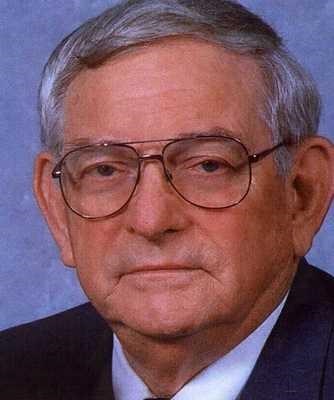
In total, Hibbett created 75 individual buildings along two main train lines representing Mt. Juliet and West Wilson County as it appeared from the 1920s to 1930s. In addition to the old Mt. Juliet High School, stores, churches, and the city’s historic bank building, homes of several well-known Mt. Juliet residents from the period are also included in the display.
After his passing, the Hibbett family decided to bring the display out of the basement and into the light where it could be enjoyed by the city as a whole.
“The family was looking for a place to put it on display,” Lee said. “It so happened that we had a meeting room, and we told them we would put it there. We call it Hibbett Hall, and it’s become a little museum because of this train. This display didn’t need to stay in the basement.”
BRINGING HISTORY TO LIFE
Robert Ealy, Geographic Information System (GIS) Department administrator for the city of Mt. Juliet, took particular interest in the display and helped with its transition to the community center. Ealy said it took several days to completely transfer the display from the Hibbett’s home to the community center as well as set it up properly.
Ealy helps oversee the train and one of his duties has been connecting Hibbett’s hand-drawn map of the display with the real buildings and sites they represent in the city. It hasn’t been an easy task.
“We went through the buildings and less than 10% of them are still there,” Ealy said.
Some of the few buildings still remaining is still on North Mt. Juliet Road - which is also Main Street. The former John Carver store and Mt. Juliet Bank Building are among the oldest existing commercial structures in the city and are now part of a business area known as Charlie’s Place for the mural depicting longtime resident Charlie Daniels. They are still seen by train travelers heading to and from Nashville.
Information is also included about former buildings and sites in the display and where they are found today. This allows residents to orient the display with their knowledge of Mt. Juliet’s historic city center where North Mt. Juliet Road bisects Division Street, the same road that still runs along the railroad tracks today.
To add to the history, Ealy has placed other items like newspaper clippings, local history books, and reference information to what is on the display in the room for visitors to enjoy.

“We also have a local resident here in Mt. Juliet who has been restoring some of the train cars and train tracks named Keith Wamsley, who has been instrumental in this,” Ealy said. “We had a local artist, Kim Gregg, come in and paint a mural around the train that looks like what you would have seen out the windows if you had been riding on the train then.”
Lee said the display is also bringing back memories for some of the older residents, which in turn is educating newer citizens.
“What we’ve found out when we brought out this display is that we’ve got 30-year-old men to 60-year-old men turning into 10-year-old boys,” Lee said. “It’s magnetic to them, this train. It’s great to watch people come in, look through the books, and say that’s where my grandma lived. They will come in telling you about this house or that house. Or they will tell you old stories. This is a living, interactive piece of history. When you go in this room, you transition back to that time...”
Ealy said the display gives newer transplants a glimpse into the city’s roots.
“Probably 80% of the city of Mt. Juliet didn’t grow up here,” Ealy said. “The display is important because people don’t know where the old railroad tracks were located or what the city looked like in the 1920s, 1930s, 1940s or even the 1970s because they weren’t here. Kids today know Mt. Juliet as being a city of 40,000 people; they don’t know that it was a community of 500 in 1940.”
Now, a new generation is getting interested in city history thanks to the display.
“We want to share this with the citizens,” he said. “The young people are the ones I brought it here for. Our history is being lost, and we need to preserve it so these kids can learn it. Every time you turn around, it seems something has been torn down and a new building is going up.”


